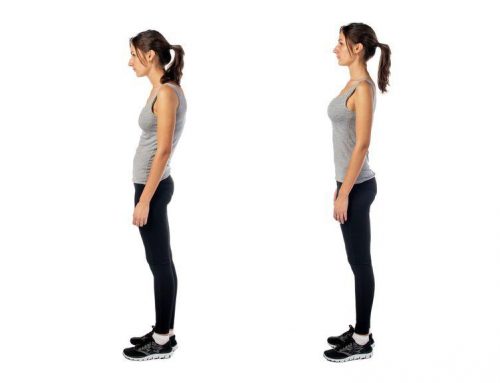Spina Bifida
- Spina bifida is a type of congenital spinal cord injury. In spina bifida there is a defect in the neural tube closure and the overlying posterior vertebral arches. The extent of the defect may result in one of two types of spina bifida: occulta or cystica.
- Spina bifida occulta is characterized by a failure of one or more of the vertebral arches to meet and fuse in the third month of development. The common site for defect is the lumbosacral area, and it is usually associated with no disturbance of neurological or musculoskeletal functioning.
- Spina bifida cystica results when the neural and overlying vertebral arches fail to close appropriately. There is systic protrusion of the meninges through the defective vertebral arches.
- There are three types of spina bifida ranging from a milder form of spina bifida to the most severe form of the defect: meningocele, myelocele, and myelomeningocele.
SOURCE: Umphred, D.A. (2001) Neurological Rehabilitation. 4th Edition. U.S.A.: Mosby, Inc.
COMPARTIR
CATEGORÍAS
- Spina bifida is a type of congenital spinal cord injury. In spina bifida there is a defect in the neural tube closure and the overlying posterior vertebral arches. The extent of the defect may result in one of two types of spina bifida: occulta or cystica.
- Spina bifida occulta is characterized by a failure of one or more of the vertebral arches to meet and fuse in the third month of development. The common site for defect is the lumbosacral area, and it is usually associated with no disturbance of neurological or musculoskeletal functioning.
- Spina bifida cystica results when the neural and overlying vertebral arches fail to close appropriately. There is systic protrusion of the meninges through the defective vertebral arches.
- There are three types of spina bifida ranging from a milder form of spina bifida to the most severe form of the defect: meningocele, myelocele, and myelomeningocele.
SOURCE: Umphred, D.A. (2001) Neurological Rehabilitation. 4th Edition. U.S.A.: Mosby, Inc.





